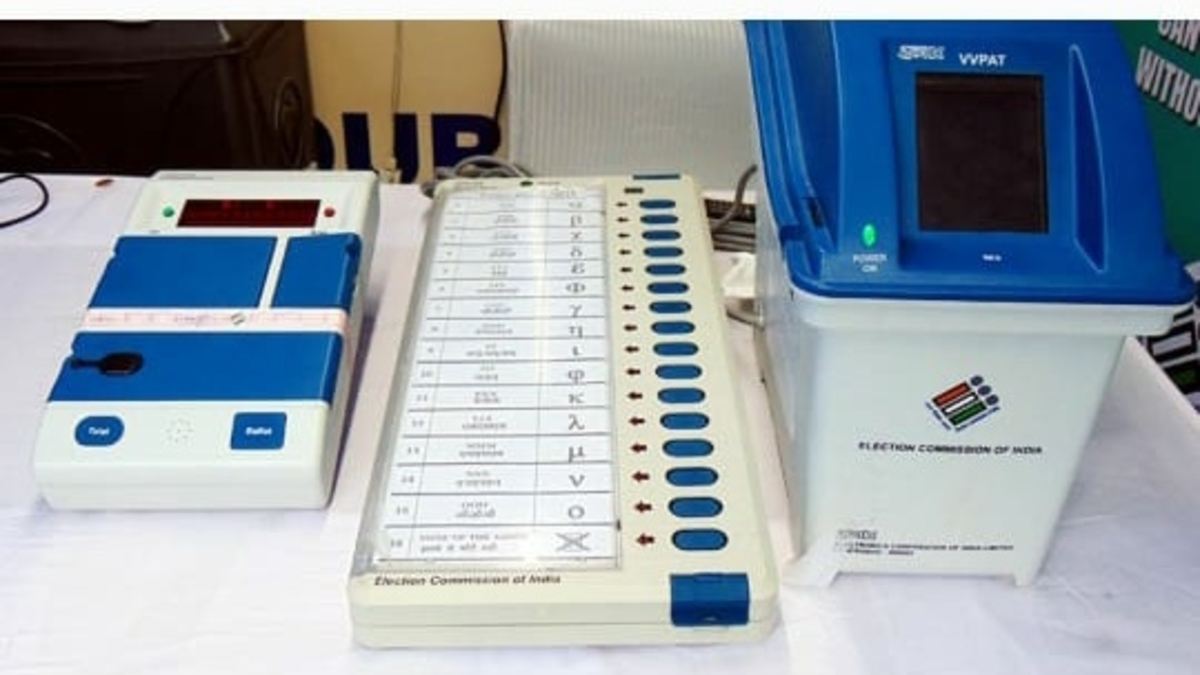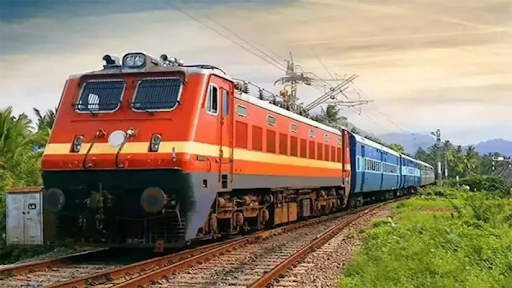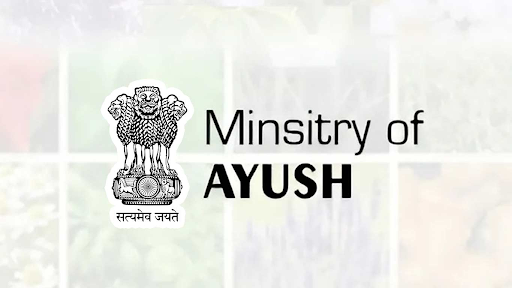Description

Copyright infringement is not intended
Context: Political parties expressed Concern over the Safety of Electronic Voting Machine (EVM)
Details:
- Leaders of many political parties expressed concern over the safety of the Electronic Voting Machine (EVM) during the recently held state elections in 5 states.
About Electronic Voting Machine (EVM):
- Electronic Voting Machine (also known as EVM) is voting using electronic means.
- An EVM is designed with two units:
- The Control unit
- The Balloting unit.
- These units are joined together by a cable.
- The control unit of the EVM is kept with the presiding officer or the polling officer.
- This ensures that the polling officer verifies voters identity.
- The polling officer presses the Ballot Button which enables the voter to cast their vote.
- The balloting unit is kept within the voting compartment for electors to cast their votes.
- A list of candidate’s names and/or symbols are available on the machine with a blue button next to it.
- The voter can press the button next to the candidate’s name they wish to vote for.
- Voting by EVMs is much simpler compared to the conventional system, where one has to put the voting mark on or near the symbol of the candidate of his choice on the Ballot Paper, fold it first vertically and then horizontally and thereafter put it into the ballot box.
- In EVMs, the voter has to simply press the button on the Ballot Unit next to the candidate and symbol of his choice and the vote is recorded.
About Electronic Voting Machine (EVM) in India:
- The Indian electronic voting machine (EVM) was developed in 1989 by Election Commission of India in collaboration with Bharat Electronics Limited and Electronics Corporation of India Limited.
- The EVMs were first used in 1982 in the by-election to North Paravur Assembly Constituency in Kerala for a limited number of polling stations.
- The EVMs were used for the first time in the general election (entire state) to the assembly of Goa in 1999.
- In 2003, all by-elections and state elections were held using EVMs, encouraged by this election commission decided to use only EVMs for Lok Sabha elections in 2004.
- EVMs do not require electricity
- EVMs run on an ordinary battery assembled by Bharat Electronics Limited/Electronics Corporation of India Limited.
- Maximum Votes
- An EVM used by the Election Commission of India can record a maximum of 2,000 votes.
- Maximum Candidates
- In case of M2 EVMs (2006-10), EVMs can cater to a maximum of 64 candidates including NOTA.
- However, in case of M3 EVMs (Post 2013), EVMs can cater to a maximum of 384 candidates including NOTA.
- Who designed the EVM?
- The EVMs have been designed by the Technical Experts Committee (TEC) of the Election Commission in collaboration with two Public Sector undertakings; Bharat Electronics Ltd, and Bangalore and Electronic Corporation of India Ltd., Hyderabad.
- The EVMs are manufactured by the above two undertakings.
Voter Verifiable Paper Audit Trail (VVPAT):
- Voter Verifiable Paper Audit Trail (VVPAT) is an independent system attached with the Electronic Voting Machines (EVM) that allows the voters to verify that their votes are cast as intended.
- Serial numbers, names of candidates and symbols allotted to them are loaded in the VVPAT unit with the help of engineers of the manufacturer.
- When a vote is cast, a slip is printed containing the serial number, name and symbol of the candidate and remains exposed through a transparent window for 7 seconds.
- Thereafter, this printed slip automatically gets cut and falls in the sealed drop box of the VVPAT.
- VVPATs with EVMs were used for the first time in a bye-election of Noksen Assembly Constituency of Nagaland.
- The VVPATs are stored along with the EVMs in a secure strong room till the completion of the Election Petition period.
Advantages of using EVMs:
- It completely eliminates the possibility of casting 'Invalid Votes'.
- EVMs have enabled a more authentic and accurate reflection of the choice of the electorate.
- With the use of EVMs, there is no need for printing millions of ballot papers for every election. This results in huge savings by way of the cost of paper, printing, transportation, storage and distribution.
- The counting process is very quick and the result can be declared within 3 to 5 hours as compared to 30-40 hours, on an average, under the conventional Ballot paper system.
- A device called 'Totalizer' can accommodate upto 14 Control Units at a time to aggregate votes without revealing the candidate-wise count of individual EVM used at a particular polling station.
- However, at present totalizers are not used in India as its technical aspects and other related issues are under examination and it is also the subject of a court case.
- Temporary memory and Protect privacy
- The Control Unit can store the result in its memory until the data is deleted or cleared.
- Safe and Secure, and Ensure Free and Fair election
- The microchip used in EVMs is a one-time programmable/ masked chip, which can neither be read nor overwritten.
- The program used in the EVMs cannot be reprogrammed in a particular manner.
- The EVMs are stand-alone machines which are not accessible remotely from any network connected with any external devices and there is no operating system used in these machines.
- There is absolutely no chance of programming the EVMs in a particular way to select any particular candidate or political party.
https://indianexpress.com/article/explained/evms-varanasi-akhilesh-bjp-7808041/











